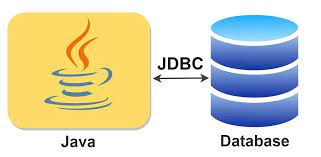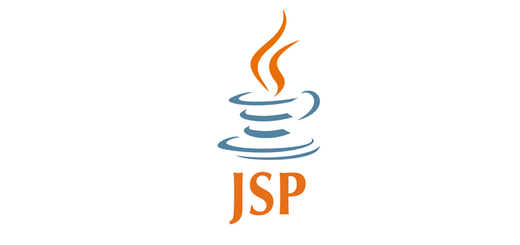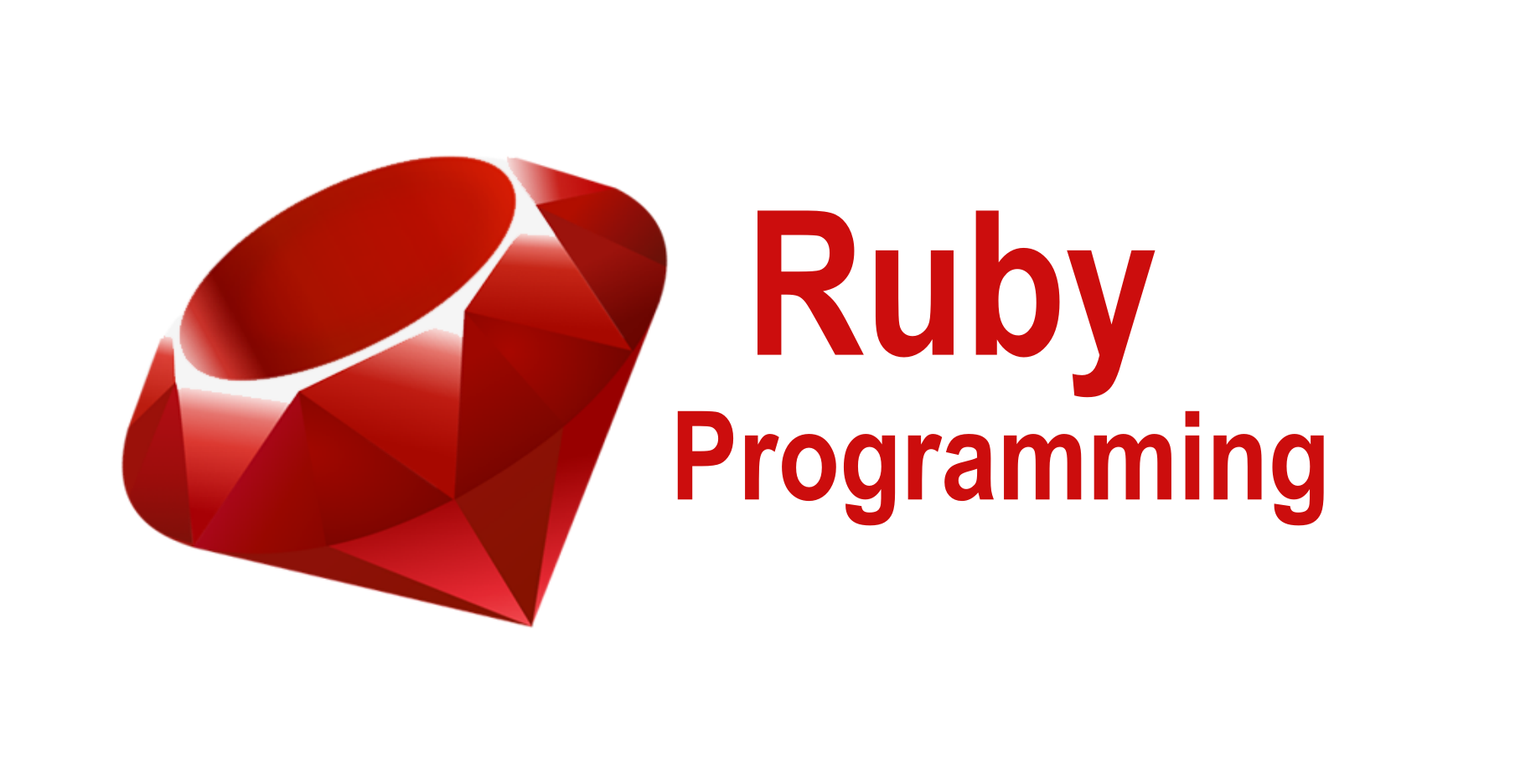What Does a Backend Developer in Java Do?
Discover the role and responsibilities of a Backend Developer in Java. Learn about the essential skills required, programming languages, frameworks, and tools commonly used in Java backend development. Start your journey to becoming a proficient Backend Developer in Java.
Tools for Java Backend Development
Backend Developer Java: Unlocking the Power of Java for Seamless Web Development
In today’s rapidly evolving digital landscape, having a robust and efficient backend infrastructure is crucial for businesses seeking to deliver exceptional user experiences. Java, a versatile and powerful programming language, has long been a preferred choice for backend development due to its reliability, scalability, and extensive ecosystem. In this article, we will delve into the world of backend development with Java, exploring its benefits, key features, and how it can propel your web applications to new heights.
I. Understanding the Role of a Backend Developer
Before we embark on our journey through the realm of Java backend development, let’s first clarify the role of a backend developer. Backend developers are the architects behind the scenes, responsible for building and maintaining the server side of web applications. They handle the logic, databases, APIs, and other components that power the application, ensuring seamless functionality and efficient data processing.
II. The Power of Java in Backend Development
Java, renowned for its “write once, run anywhere” mantra, offers a plethora of advantages when it comes to backend development. Let’s explore some of the key reasons why Java is an exceptional choice for building robust web applications:
Reliability and Stability: Java prioritizes stability and reliability, making it ideal for large-scale enterprise applications. Its strong type system and error-handling mechanisms contribute to the creation of secure and bug-free code.
Scalability: As businesses grow, so do their technological requirements. Java’s scalability is unmatched, allowing applications to handle increasing workloads with ease. This scalability is achieved through features like thread management and efficient memory handling.
Extensive Ecosystem: Java boasts a comprehensive ecosystem comprising libraries, frameworks, and tools that simplify and expedite the development process. With frameworks like Spring and Hibernate, developers can leverage pre-built components, enabling rapid development and minimizing code duplication.
Platform Independence: Java’s ability to run on any platform eliminates compatibility issues and allows developers to focus on writing code without worrying about the underlying infrastructure. This platform independence is achieved through the Java Virtual Machine (JVM), which acts as a layer between the code and the operating system.
Community Support: Java has a thriving community of developers worldwide, fostering collaboration, knowledge sharing, and continuous improvement. This community-driven approach ensures that developers have access to a wealth of resources, forums, and libraries, making problem-solving and learning more accessible.
III. Key Features and Tools for Java Backend Development
Now that we have established Java’s importance in backend development, let’s delve into some of its key features and tools that empower developers to build robust and high-performing web applications:
Java Enterprise Edition (Java EE): Java EE provides a comprehensive set of APIs, services, and specifications that simplify the development of enterprise applications. It offers features like servlets, JavaServer Pages (JSP), and Java Persistence API (JPA), enabling developers to create scalable and secure web applications.
Spring Framework: Spring, one of the most popular Java frameworks, facilitates the development of enterprise-grade applications. It offers features like an inversion of control, aspect-oriented programming, and dependency injection, promoting modular and testable code.
Hibernate: Hibernate is an object-relational mapping (ORM) framework that simplifies database interactions in Java applications. By mapping Java objects to database tables, Hibernate eliminates the need for manual SQL queries and reduces development time.
Apache Maven: Maven is a build automation tool that streamlines the project setup and dependency management process. It allows developers to define project configurations, manage dependencies, and automate the build process, enhancing productivity and maintainability.
JUnit: JUnit is a popular unit testing framework for Java applications. It enables developers to write automated tests, ensuring the reliability and correctness of their code. Testing is a crucial aspect of backend development as it helps identify and fix issues early in the development cycle.
IV. Best Practices for Java Backend Development
To maximize the benefits of Java backend development, following best practices that promote maintainable code and optimal performance is essential. Here are some recommended practices:
Code Modularity: Break down your code into smaller, modular components, promoting reusability and maintainability. This approach allows for easier debugging, testing, and collaboration among developers.
Optimized Database Access: Implement efficient database access strategies by utilizing caching, connection pooling, and indexing techniques. Optimized database interactions are critical for improving application performance and scalability.
Security Measures: Implement robust security measures, such as input validation, encryption, and access control, to safeguard your application against potential threats. Keep up to date with the latest security practices and address vulnerabilities promptly.
Performance Optimization: Continuously monitor and optimize your application’s performance by identifying bottlenecks, optimizing algorithms, and utilizing caching mechanisms. A fast and responsive application enhances user experience and contributes to higher customer satisfaction.
Continuous Integration and Deployment: Embrace continuous integration and deployment practices to automate the build, test, and deployment processes. This ensures that your application is always up to date and delivers new features and bug fixes seamlessly.
V. Conclusion
Java’s versatility, reliability, and extensive ecosystem make it an exceptional choice for backend development. By leveraging Java’s power, developers can build scalable, secure, and high-performing web applications that provide exceptional user experiences. Whether you are a seasoned backend developer or aspiring to become one, mastering Java is a valuable skill that opens doors to exciting opportunities in the world of web development.

















